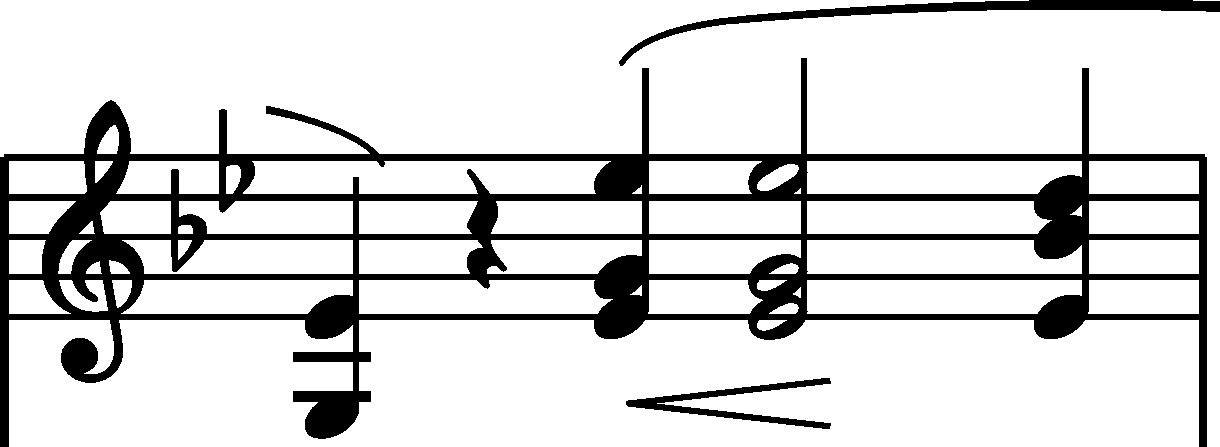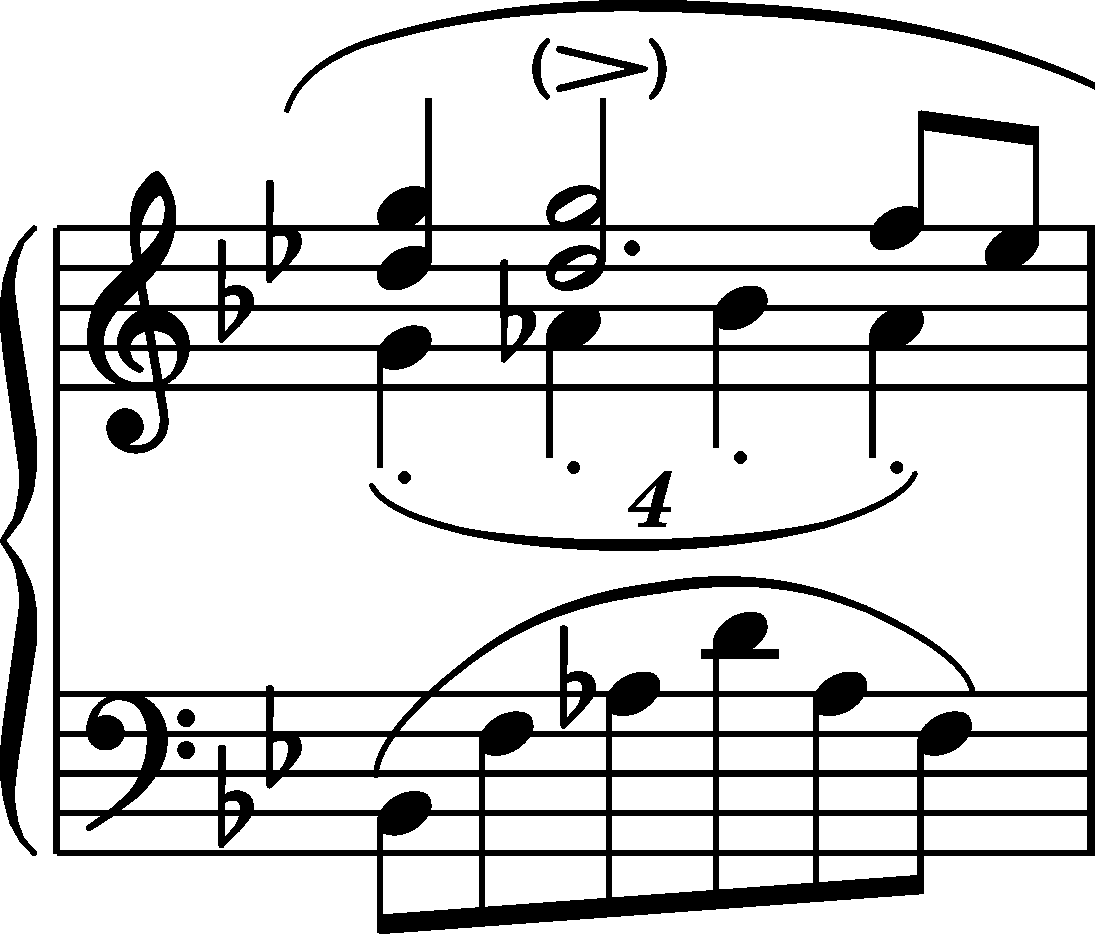



Rhythm
|
b. 167-169
|
composition: Op. 23, Ballade in G minor
..
The deletions visible in A allow us to try to reconstruct the earlier version provided with a different rhythm: category imprint: Corrections & alterations; Source & stylistic information issues: Corrections in A , Deletions in A |
||||||||
|
b. 174
|
composition: Op. 23, Ballade in G minor
..
In FE, there are no dots prolonging the 1st chord. The patent mistake was corrected by GE and EE. category imprint: Interpretations within context; Differences between sources issues: EE revisions , Errors in FE , GE revisions |
||||||||
|
b. 178
|
composition: Op. 23, Ballade in G minor
..
In A, Chopin shortened the rhythmic value of the b category imprint: Corrections & alterations; Source & stylistic information issues: Deletions in A , Main-line changes |
||||||||
|
b. 179
|
composition: Op. 23, Ballade in G minor
..
The individual voices of the polymetric R.H. figure are not strictly placed in any of the sources, regardless of whether with respect to each other or whether with respect to the L.H. quavers. According to us, as far as the mutual relations between the R.H. voices are concerned, the only imprecision in the notation of A (→FE), i.e. all voices falling on the a category imprint: Interpretations within context; Differences between sources issues: EE revisions , GE revisions , Inaccuracies in A |
||||||||
|
b. 180
|
composition: Op. 23, Ballade in G minor
..
GE3 (→GE4) added a digit 3 over the first quaver, as if it constituted a part of the triplet with the next one, as in all subsequent, similar motifs. However, a respective rest is missing; moreover, the notes were not moved with respect to the L.H. part, which points to an unfinished change (intended and arbitrary) or to a mistake of the reviser (which seems more likely). category imprint: Differences between sources issues: Errors in GE , GE revisions |

 . In the final version, Chopin used this rhythmic variant in b. 115, where it works well with the change of the register that occurs in the theme's melody.
. In the final version, Chopin used this rhythmic variant in b. 115, where it works well with the change of the register that occurs in the theme's melody. 2-b
2-b . In the Chopinesque version, the gap between the last a
. In the Chopinesque version, the gap between the last a